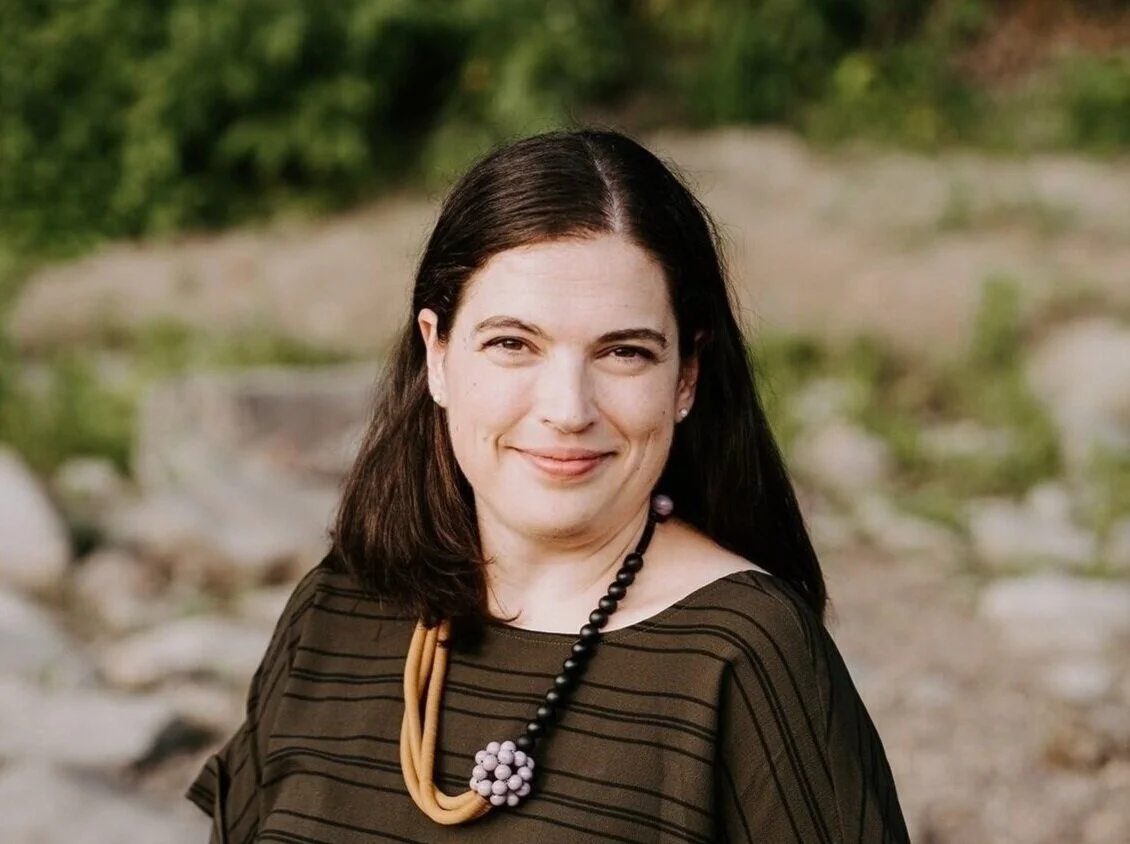Wearing Our Identity: The First Peoples Collection at the McCord Museum
/Wearing Our Identity: The First Peoples Collection, the permanent exhibition at the Musée McCord, is fascinating on many levels. It elegantly explores the role of clothing in the "development, preservation and communication of the social, cultural, political and spiritual identities of First Nations, Inuit and Métis peoples".
But what really got me excited was how it is presented.
A THEMATIC APPROACH
The exhibition is organized thematically, rather than chronologically or geographically. While the sections address wide universal themes (religion, history, culture, identity, etc.), the objects are treated very specifically, as coming from unique cultures and peoples.
ESTABLISHING TIME AND PLACE
A large map of Canada greets visitors as they enter, labeled with the locations of the First Nations represented in the exhibition. A nearby list translates the names of the Nations into French and English; a voice recites the names over a speaker. It is explicit that many different peoples will be represented together.
However, this strong sense of place is diluted in the exhibition: the object labels name Nation of origin and the artist (if known), but do not include a map. So unless the visitor has memorized where all the Nations are located, it can be difficult to situate the object origins.
Concerning a sense of timeline, the labels did a great job of addressing the fact that the represented Nations are still creating and innovating today. As the exhibition is thematic, the visitor must pay attention to the dates on the labels to know where specific objects fit into the timeline. But an overall sense of history can be extracted. Specific sections address historical moments, such as the Indian Act of 1876. Artworks by living artists address present-day issues.
The exhibition weaves a rich narrative of contemporary peoples with thousands of years of history.
IDENTIFICATION OF VOICE
I was really impressed by the presence of Aboriginal voices alongside the all-authoritative (and unidentified) voice of "THE MUSEUM". This was mostly achieved through audio or video stations throughout. The exhibition ends with five video stations with members of Aboriginal communities speaking about the notion of identity:
My favorite moment came on a screen where I could choose between 16 commentaries by Aboriginal community members who each selected one object from the exhibition and shared their insights. In Heather Igloliorte's commentary on an 18th century tattoo needle, she ended her discourse by saying that she's going to get hand tattoos to mark the end of her doctoral work. I loved this mixing of past and present, of objectivity and subjectivity.
MULTIMEDIA
There were many different uses of multimedia: from traditional audiovisual content about the objects, to videos of contemporary art performances and the steps involved in the creation of objects. I loved the audiovisual storytelling of The Legend of the Killer Whale Man. The use of multimedia was not overbearing, and it added movement, sound, and life to the displayed objects.
THE TONE OF THE TEXTS
The wall texts were short and highly accessible. The tone was at times close to storytelling. Take the following example:
The visitor is implicated in the texts. The first room even includes a panel that directly addresses the visitor, asking her to reflect on the role of clothing in her own sense of identity:
Wearing Our Identity: The First Peoples Collection at the McCord Museum
Address: 690 rue Sherbrooke Ouest, Montréal ∣ Métro: Station McGill (Green Line) ∣ Opening hours: Tuesday to Sunday from 10am to 6pm, open until 9pm on Wednesday
The exhibition is ever-changing! The objects are regularly renewed (due to their fragility) and contemporary artworks are selected twice each year.































